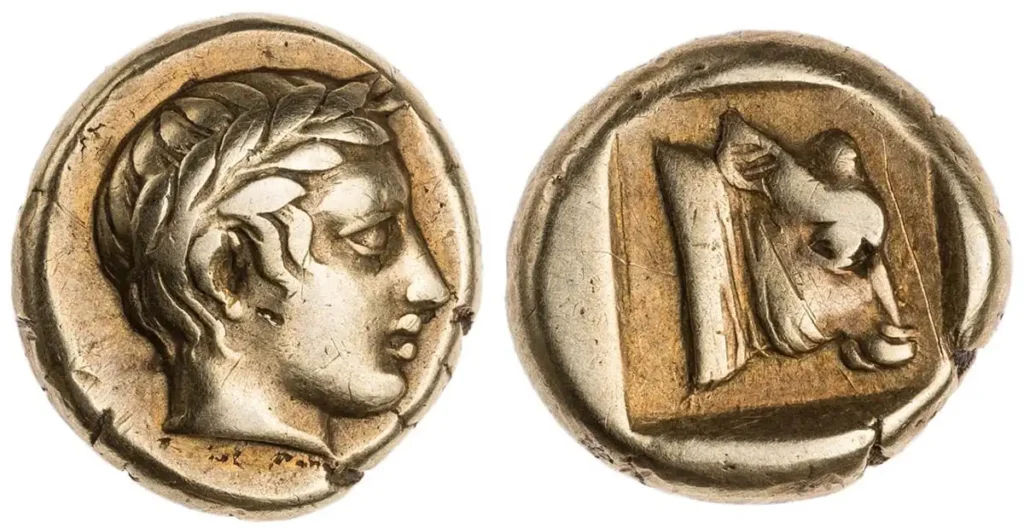
Ancient Greek coins stand as tangible testaments to the rich history, vibrant culture, and enduring legacy of one of the most influential civilizations in human history. From the archaic drachma to the iconic tetradrachm, these ancient coins offer a fascinating glimpse into the world of antiquity, where commerce, politics, and art converged to create objects of enduring beauty and historical significance.
Origins and Evolution:
The tradition of coinage in ancient Greece dates back to the 6th century BCE, when city-states began minting their own coins as a means of facilitating trade and commerce. These early coins, known as “owls” due to their depiction of the goddess Athena on the obverse, were struck in silver and served as a universal medium of exchange throughout the Greek world.
Over time, the art of coinage evolved, with city-states and kingdoms experimenting with different designs, metals, and denominations. Coins featuring the likenesses of gods, goddesses, and mythological figures became common, serving not only as symbols of political authority but also as expressions of cultural identity and religious belief.
Symbols and Iconography:
Ancient Greek coins were adorned with a rich array of symbols and iconography, each carrying its own significance and meaning. The obverse typically featured the image of a deity or ruler, while the reverse often depicted scenes from mythology, historical events, or daily life.
One of the most famous examples of ancient Greek coinage is the tetradrachm of Athens, which features the iconic image of Athena, the city’s patron goddess, wearing a crested helmet on the obverse, and an owl, symbolizing wisdom and prosperity, on the reverse. Other notable examples include the silver stater of Corinth, adorned with the mythical winged horse Pegasus, and the gold staters of Philip II of Macedon, featuring the image of the Greek hero Heracles.
Cultural Significance:
Ancient Greek coins played a vital role in shaping the cultural, political, and economic landscape of the ancient world. They were not only used as a means of exchange but also served as tools of propaganda, diplomacy, and statecraft. The images and inscriptions found on ancient coins provide valuable insights into the beliefs, values, and aspirations of the people who minted them, offering historians a window into the past.
Moreover, ancient Greek coins served as ambassadors of Greek culture and civilization, circulating far beyond the borders of the Greek world and influencing the development of coinage in other regions. The spread of Greek coins facilitated trade and communication across vast distances, contributing to the exchange of ideas, goods, and technologies between different cultures and civilizations.
Legacy and Collectibility:
Today, ancient Greek coins are highly prized by collectors, historians, and enthusiasts alike for their historical significance, artistic beauty, and cultural importance. While many ancient coins have been lost to time or melted down for their metal content, countless examples have survived, providing a tangible link to the ancient world and its enduring legacy.
Collectors eagerly seek out ancient Greek coins to add to their collections, with certain rare specimens commanding astronomical prices at auctions and numismatic events. However, one need not be a collector to appreciate the beauty and significance of these ancient artifacts. From their intricate designs to their rich symbolism, ancient Greek coins continue to captivate the imagination and inspire awe, serving as enduring reminders of the remarkable achievements of one of history’s greatest civilizations.